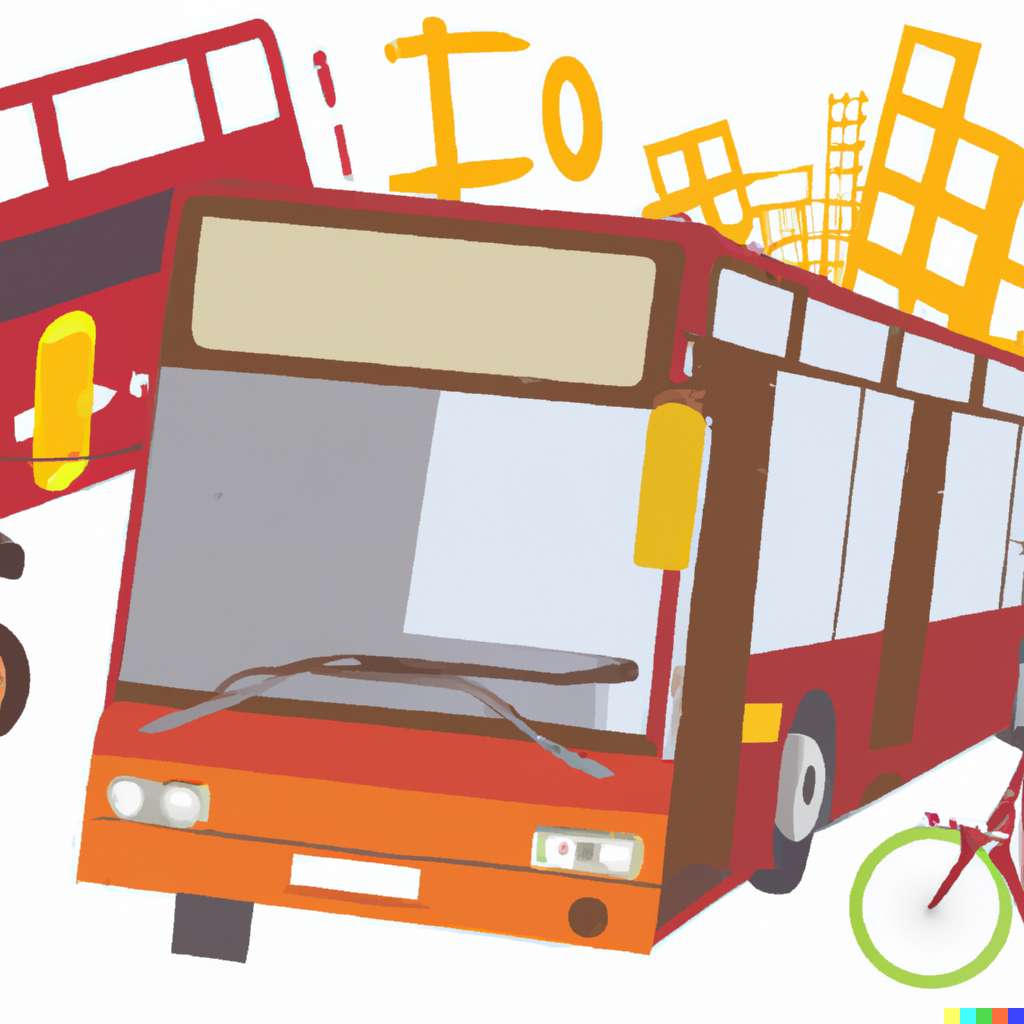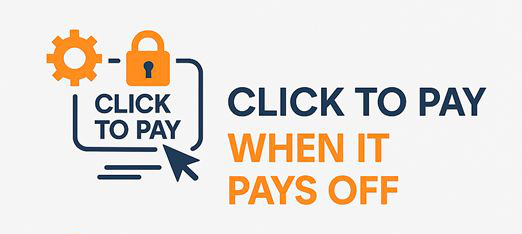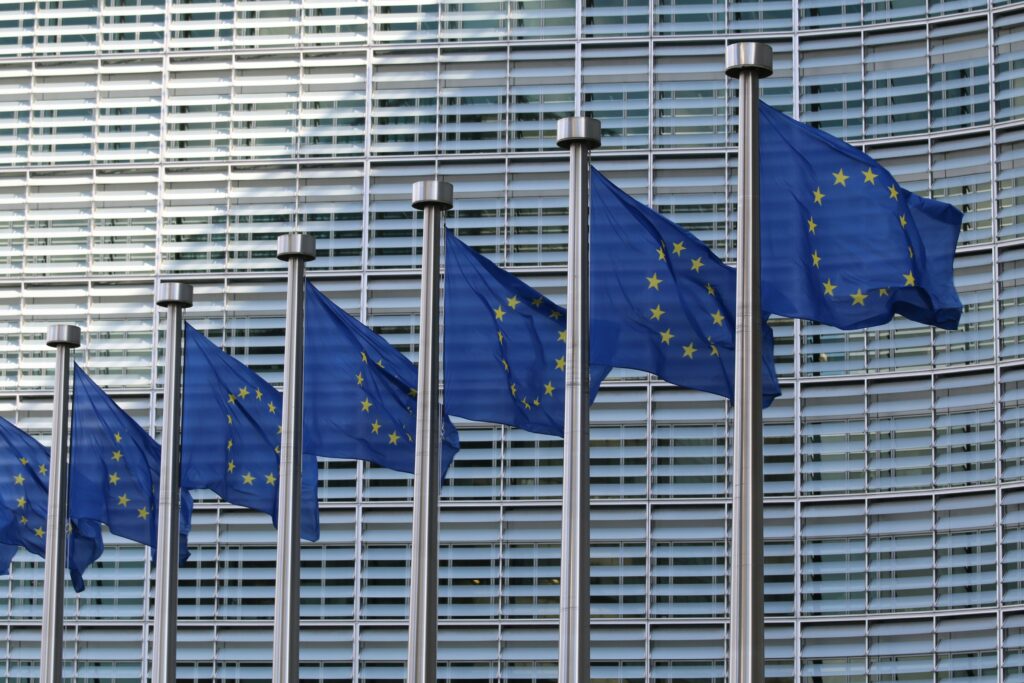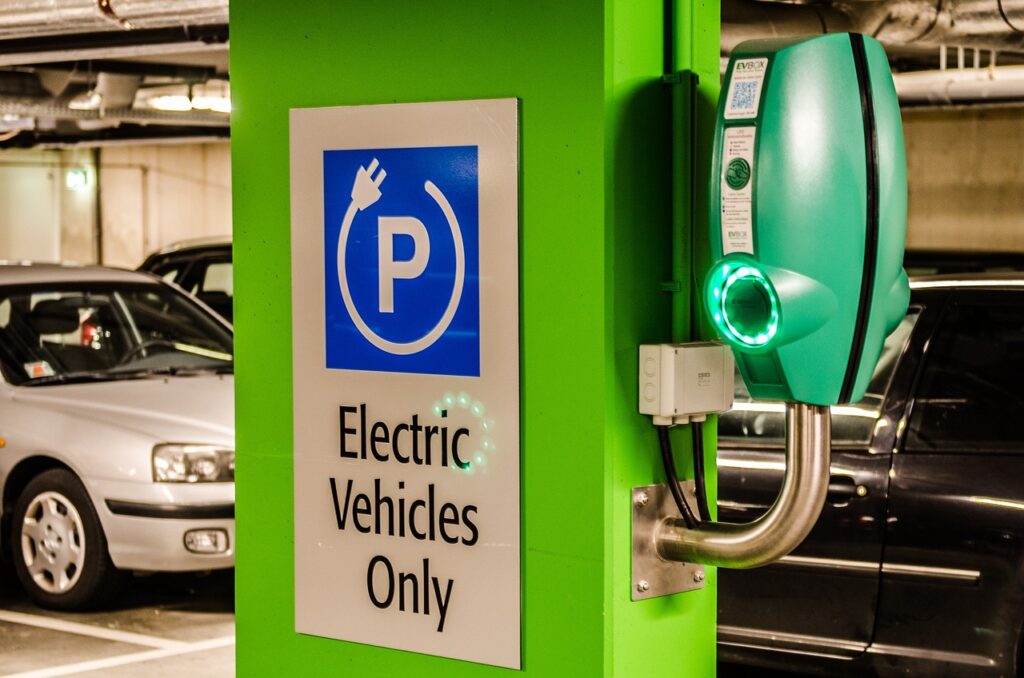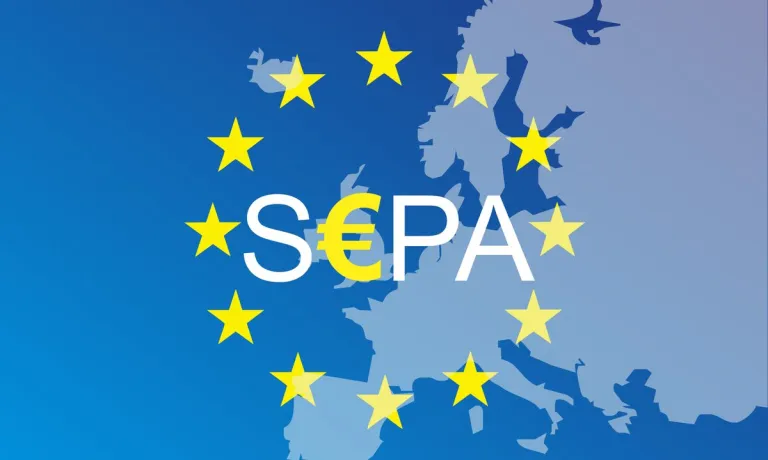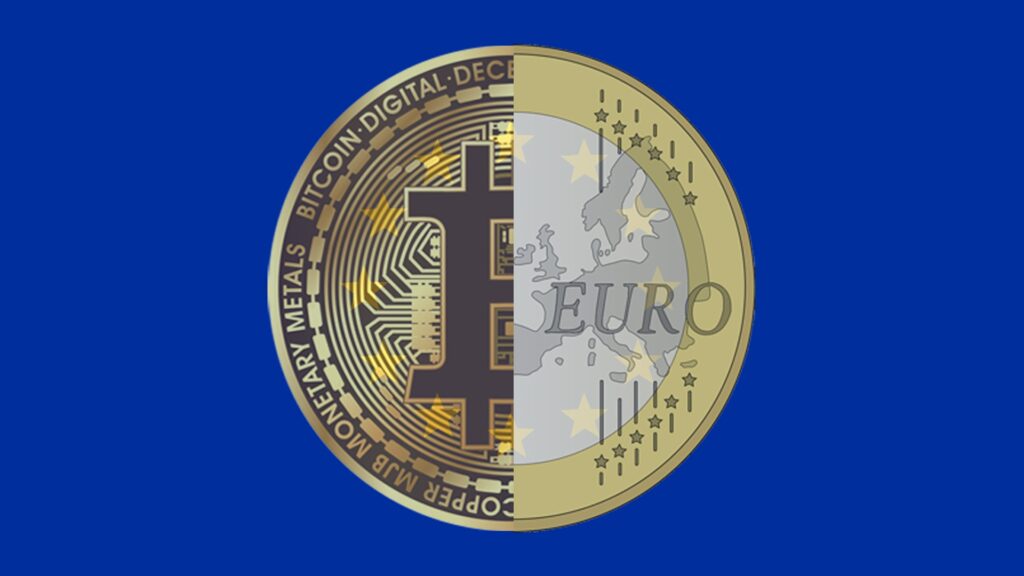Ease of payment in public transport
Public transport is an essential service in European countries, providing safe, convenient and affordable access to work, education, healthcare, and leisure activities. Anyone who travels through Europe by public transport shares the experience that it is not always clear how to pay your fare. Payment methods and schemes for public transport vary significantly across European countries, reflecting cultural, technological, and economic differences.
Here’s an update on the most important developments and our prediction for the future of public transport payments.
The convenience game
In the Netherlands, one of the most digitised countries in Europe, public transport adapts to the preferences of the traveler so that payment is a piece of cake for everyone. In a previous Insights article we discussed the Dutch OVPay project, which makes this payment convenience possible. Previously, travellers were directed to a vendor machine where they could purchase a paper train ticket, or they had to buy a dedicated “OV-chip” card, to be topped up with sufficient credit to pay for a trip. The OVPay project makes it possible to pay as you like: in addition to the old OV-chip card and the season ticket on your phone, you can now also use your contactless debit or credit card. By card or mobile device, and regardless of the bus, train, tram or metro company that provides the journey. But what about other European countries? Is there a trend towards standardisation, which would be in the interest of foreign travellers? And what trends do we distinguish?
Dedicated public transport cards are ubiquitous
The named Dutch OV-chip card is an example of a dedicated public transport card, one of the most common payment methods for public transport in Europe. These smart cards are typically loaded with credit or pre-paid. Passengers can pay for their fares by touching the card to a card reader or validator on the bus, tram, subway or train. As it eliminates the need for cash or paper tickets and reduces the risk of fraud and theft, the dedicated card is a convenient and secure way to pay for public transport.
There are lots of these systems around. Some of them are restricted to specific regional areas, such as the Oyster card in London, the Leap Card in Dublin, the Andante Card in the Porto region, the HSL Card in the Helsinki region and the Navigo Pass in Paris and the Île-de-France region. Others work at a national level, just like the Dutch OV-chip card: MaaS (Mobility as a Service) in Finland and the Carta Viola in Italy, to name a few. In some countries, dedicated payment systems are active that are limited to one type of public transport, such as the Austrian ÖBB Vorteilscard and the German BahnCard, both of which are valid on rail.
Credit and debit cards
The BahnCard won’t get you very far in France or Belgium though. The vast majority of European citizens carry a credit or debit card in their pocket, co-badged with an international card scheme for cross-border payments. That is why many public transport organisations upgrade their systems so that passengers can use their contactless cards or mobile payment apps to pay for their fares directly at the ticket machine or on-board the vehicle.
The advantage of using credit and debit cards is that passengers do not need to carry cash or purchase a separate ticket or the umpteenth PVC card. Furthermore, they can easily track their expenses and receive receipts. However, the downside is that some card issuers may charge foreign transaction fees or limit the amount of contactless payments. In other cases, public transport companies may force their acquiring banks to block cross-border transactions, to avoid high interchange fees. Such measures may conflict with the rules and regulations of the international card schemes, but nevertheless occur in practice. Both can lead to unexpected inconvenience for tourists and occasional users.
Subscription plans
Subscription plans are a popular way to pay for public transport in Europe, especially for frequent and regular users. Many public transport operators offer various subscription plans, such as weekly, monthly, or annual passes, that allow passengers to travel unlimitedly on the network for a fixed fee. These subscription plans can provide significant cost savings for commuters and regular travellers, as well as reduce traffic congestion and air pollution. Some payment schemes also provide additional benefits, such as loyalty points, discounts on other services, free access to cultural events and museums.
Examples of subscription plans and payment schemes in Europe include the Monatskarte in Germany, the Carte Azur in the Côte d’Azur, and the Kilometre Card in Switzerland.

